Universal literacy and numeracy - SDG Indicator 4.6.1
Definition: Indicator 4.6.1 is the "proportion of the population in a given age group achieving at least a fixed level of proficiency in functional (a) literacy and (b) numeracy skills, by sex".
This is measured as the literacy rate (the share of the population with at least functional literacy) for youth and adults, differentiated by sex. Such measures of 'literacy' typically also encompass basic arithmetic skills.
Goal: By 2030 "ensure that all youth and a substantial proportion of adults, both men, and women, achieve literacy and numeracy."
Target 4.7: Education for sustainable development and global citizenship
UN definition: "By 2030, ensure that all learners acquire the knowledge and skills needed to promote sustainable development, including, among others, through education for sustainable development and sustainable lifestyles, human rights, gender equality, promotion of a culture of peace and non-violence, global citizenship and appreciation of cultural diversity and of culture’s contribution to sustainable development."
Education on sustainable development and global citizenship - SDG Indicator 4.7.1
Definition: Indicator 4.7.1 is the "extent to which (i) global citizenship education and (ii) education for sustainable development, including gender equality and human rights, are mainstreamed at all levels in (a) national education policies; (b) curricula; (c) teacher education; and (d) student assessment".
Goal: By 2030 "ensure that all learners acquire the knowledge and skills needed to promote sustainable development".
Target 4.A: Build and upgrade inclusive and safe schools
UN definition: "Build and upgrade education facilities that are child, disability and gender sensitive and provide safe, non-violent, inclusive and effective learning environments for all."
Inclusive and safe schools - SDG Indicator 4.1.1
Definition: Indicator 4.A.1 is the "proportion of schools with access to (a) electricity; (b) the Internet for pedagogical purposes; (c) computers for pedagogical purposes; (d) adapted infrastructure and materials for students with disabilities; (e) basic drinking water; (f) single-sex basic sanitation facilities; and (g) basic handwashing facilities (as per the WASH indicator definitions)".
Goal: The target is to ensure all children have access to a safe, inclusive, and effective learning environment by 2030.
Target 4.B: Expand higher education scholarships for developing countries
UN definition: "By 2020, substantially expand globally the number of scholarships available to developing countries, in particular, least developed countries, small island developing States and African countries, for enrolment in higher education, including vocational training and information and communications technology, technical, engineering and scientific programs, in developed countries and other developing countries."
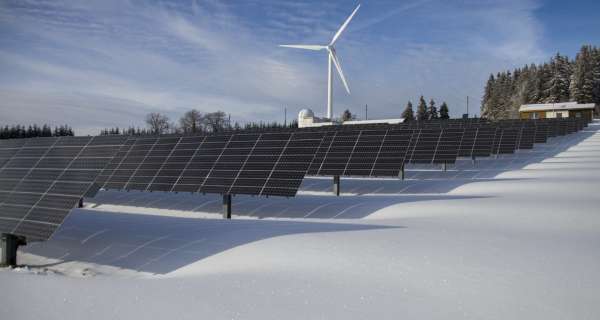

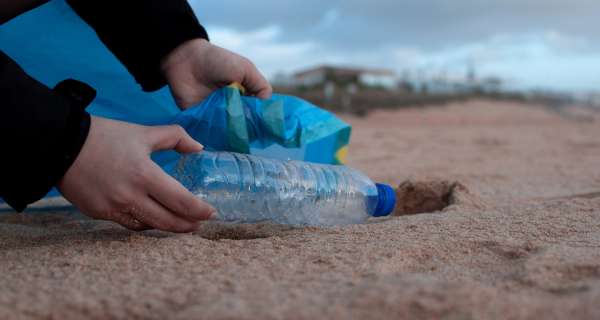
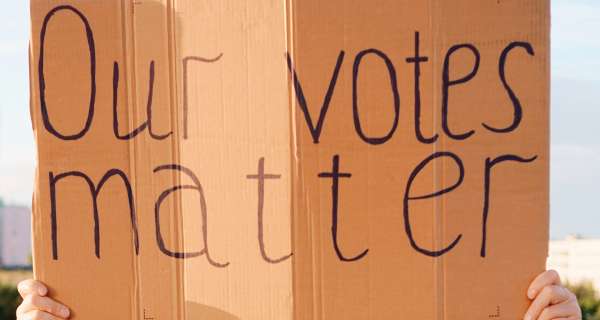




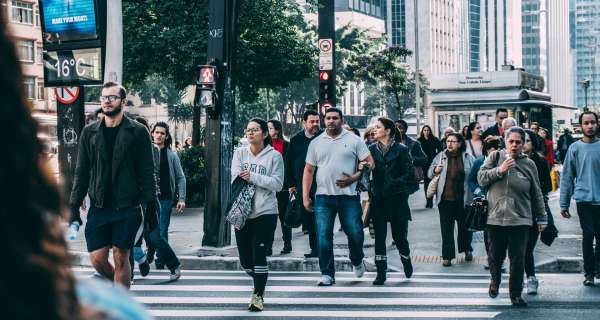





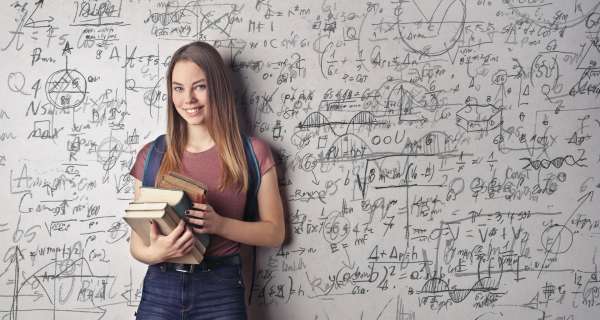


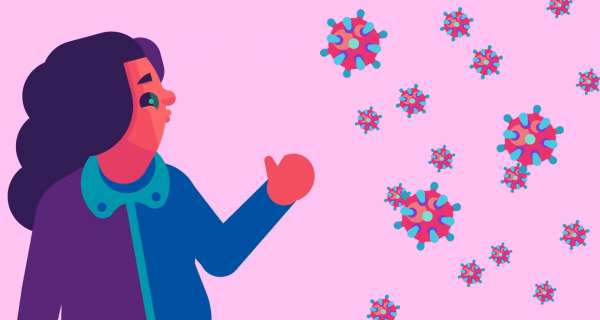


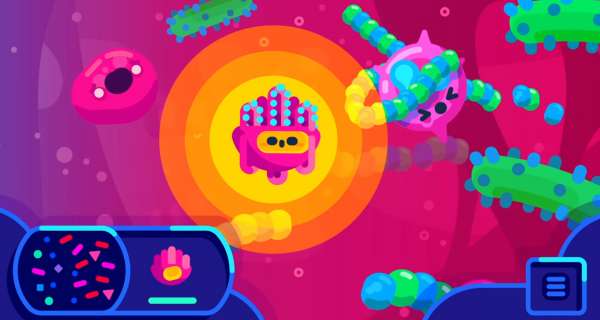
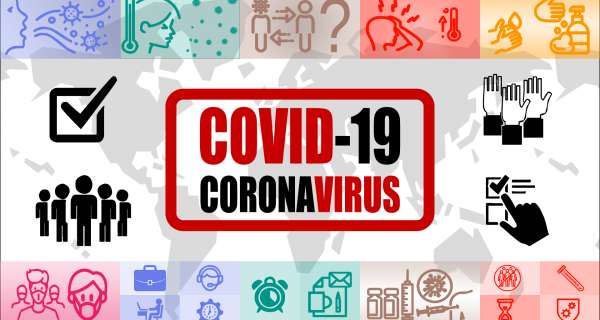


0 Comments